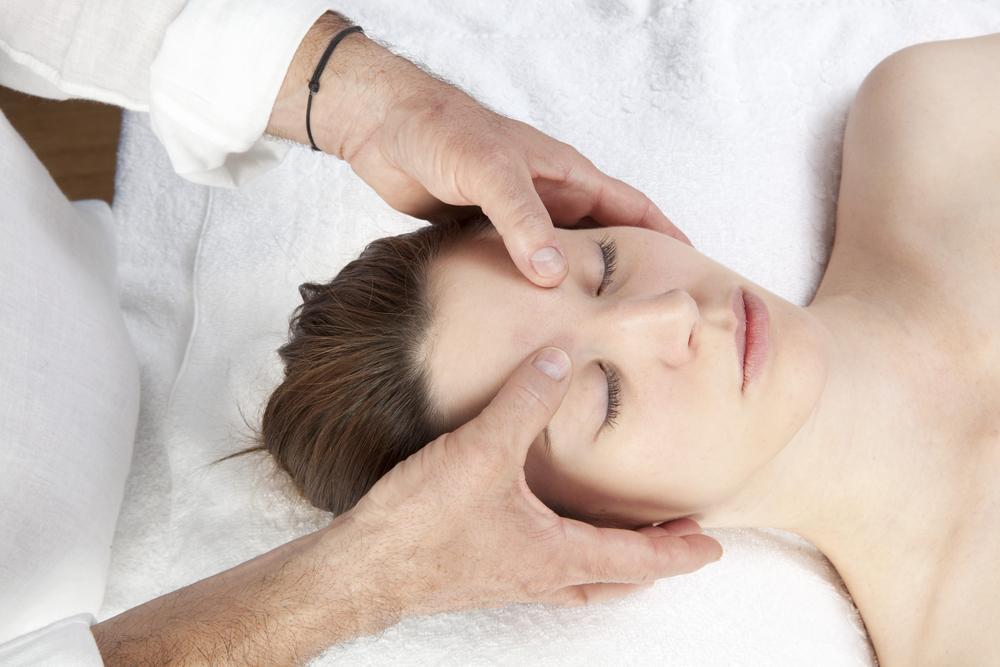Ultimate Guide to Effectively Managing Migraine Headaches
This comprehensive guide explores migraine types, common triggers, and effective treatment options. It emphasizes the importance of lifestyle changes, trigger management, and medical therapies like preventive and abortive medications to reduce attack frequency and severity. With ongoing scientific advances, sufferers can look forward to more personalized and efficient treatment solutions for migraine relief.

Ultimate Guide to Effectively Managing Migraine Headaches
Migraines are complex neurological conditions that afflict millions of people worldwide, causing severe headaches accompanied by various symptoms such as nausea, sensitivity to light and sound, and sometimes visual disturbances. These episodes can significantly impair daily functioning and quality of life. Migraines are generally classified into two types: classic migraine with aura and common migraine without aura. Understanding the differences between these types, identifying triggers, and exploring effective management strategies are essential for anyone seeking relief from this debilitating condition.
Understanding Types of Migraines
Classic migraines, also known as migraine with aura, typically begin with visual disturbances such as flashes of light, zigzag lines, or blind spots that last for about 15-30 minutes before the headache phase begins. These auras are neurological disturbances that signal an impending migraine attack. On the other hand, common migraines, or migraine without aura, usually start with the headache itself, often without warning or sensory symptoms, and tend to be more pervasive in disrupting daily life. Both types result from complex neurological and vascular changes in the brain, but their presentation can vary widely.
Common Triggers and Foods to Avoid
Identifying and avoiding migraine triggers can be instrumental in managing the frequency and severity of attacks. Certain foods are well-known culprits that can trigger or worsen migraines. These include:
Avocado – contains compounds that can trigger migraines in sensitive individuals
Processed meats – often contain nitrates and preservatives that may trigger headaches
Red plums – contain natural compounds that can influence migraine pathways
Soy sauce – high in tyramine which can provoke attacks
Raisins – due to their sugar content and natural compounds
Pea pods – contain histamines that may trigger migraines in some individuals
Pickles and olives – fermented foods with tyramine and other chemicals that can induce migraines
In addition to food triggers, environmental factors such as stress, hormonal changes, weather fluctuations, bright or flickering lights, strong odors, and noise can also play significant roles.
Medical Treatment Options for Migraines
Managing migraines effectively often requires a combination of medication strategies tailored to individual needs. These treatments fall mainly into two categories: preventive (prophylactic) and abortive (acute). Proper understanding of these options can considerably improve quality of life for sufferers.
Abortive Treatments –
When a migraine attack strikes, the goal is to alleviate symptoms quickly. Commonly prescribed medications include triptans and ergot derivatives that target migraine-specific pathways:
Triptans – medications such as sumatriptan, almotriptan, rizatriptan, and zolfmitriptan effectively constrict blood vessels and block pain pathways to stop migraine progression. These are available in oral, nasal spray, and injectable forms for rapid relief.
Ergotamines – less commonly used today but still effective for some patients.
It is important to avoid certain medications like zolmitriptan in specific cases, especially if there are contraindications or side effects. Consulting your healthcare provider ensures proper medication use.
Preventive Therapy –
For those experiencing frequent or severe migraines, taking preventive medications can significantly reduce attack frequency and intensity. These include:
Beta-blockers – such as timolol and propranolol, which help stabilize blood vessel activity in the brain.
Anticonvulsants – like topiramate and divalproex, which modulate nerve excitability to prevent migraines.
Antidepressants – including nortriptyline and amitriptyline, which influence brain chemicals involved in pain pathways.
Implementing lifestyle changes alongside medication, such as consistent sleep patterns, regular hydration, and stress management techniques, can enhance treatment efficacy.
In addition, medications like pain relievers (Tylenol, Motrin, Excedrin, Aleve) are used during acute episodes to provide symptomatic relief. Complementary strategies such as resting in a quiet, dark environment, applying gentle pressure to the temples or forehead, and using calming techniques can help reduce discomfort.
Recent scientific advances continue to improve migraine management options, providing hope to those suffering from this neurologic condition. Emerging treatments include neuromodulation devices, biologic therapies targeting migraine-specific pathways, and personalized medicine approaches based on genetic and biomarker testing.
Effective migraine management combines lifestyle adjustments, trigger avoidance, and appropriate medication use. Consulting healthcare professionals for personalized treatment plans can significantly improve one’s quality of life by reducing attack frequency and duration. Staying informed about new developments in migraine research ensures that sufferers benefit from the most advanced therapies available today.





